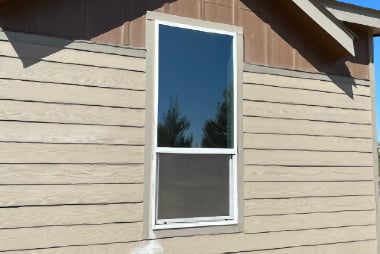Services
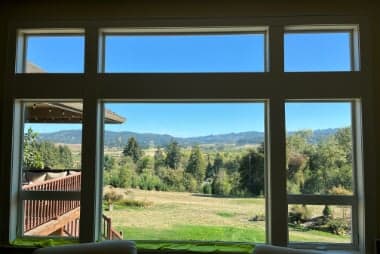
Our Solar Film Solutions
Block up to 94% of the Infrared Heat. Clear View or max tint Block 99% of the UV Rays. Take Control Of Your Indoor Environment Today
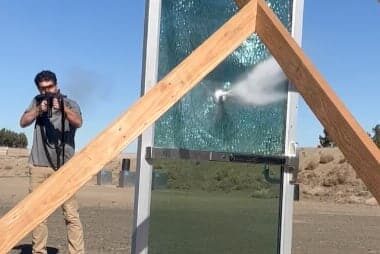
Our Safety & Security Solutions
4mm – 14mm thick films. Interior and/or exterior application. Clear or tinted options. Don’t Wait Until It’s Too Late, Call for More Information Today
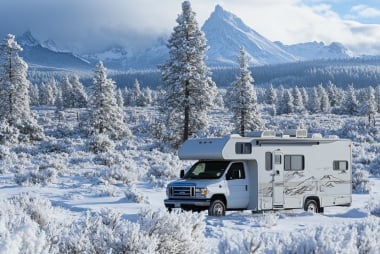
Our Specialty Film Solutions
Absolute must for RV/residential comfort Obvious choice for hotels wanting to save on energy usage Blocks up to 89% of Infrared Heat (summer energy savings) U Factor of up to .34 (window film for winter energy savings). Non tinted and tinted options available. Ask us about our Bird Safe Specialty Window Film
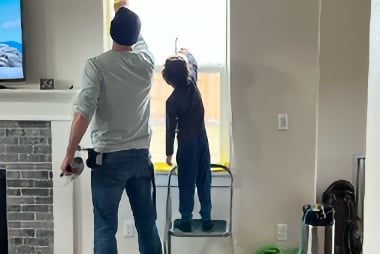
Window Washing & Pressure Washing Services
Interior and Exterior Cleaning Screen Cleaning Solar Panels & all exterior surfaces


